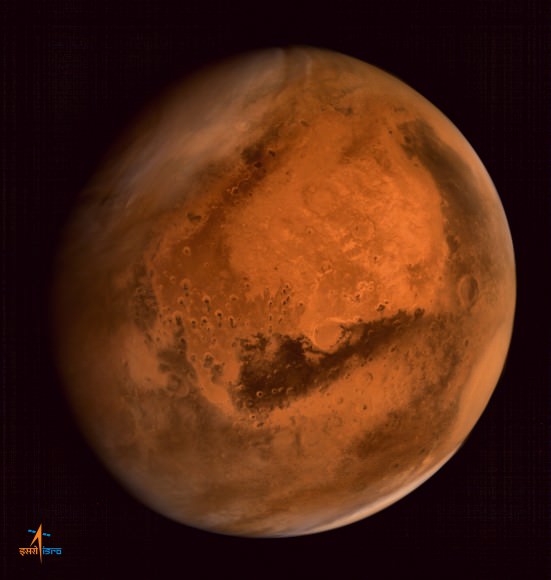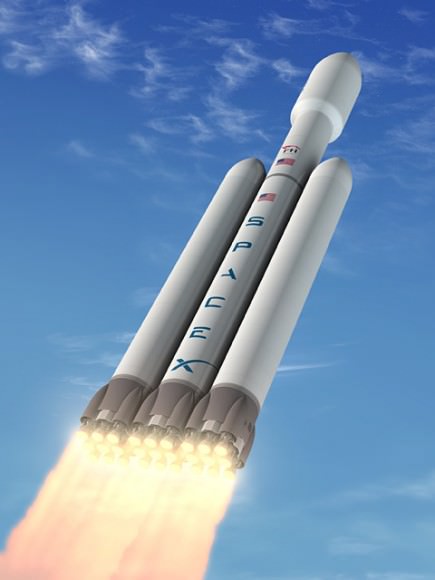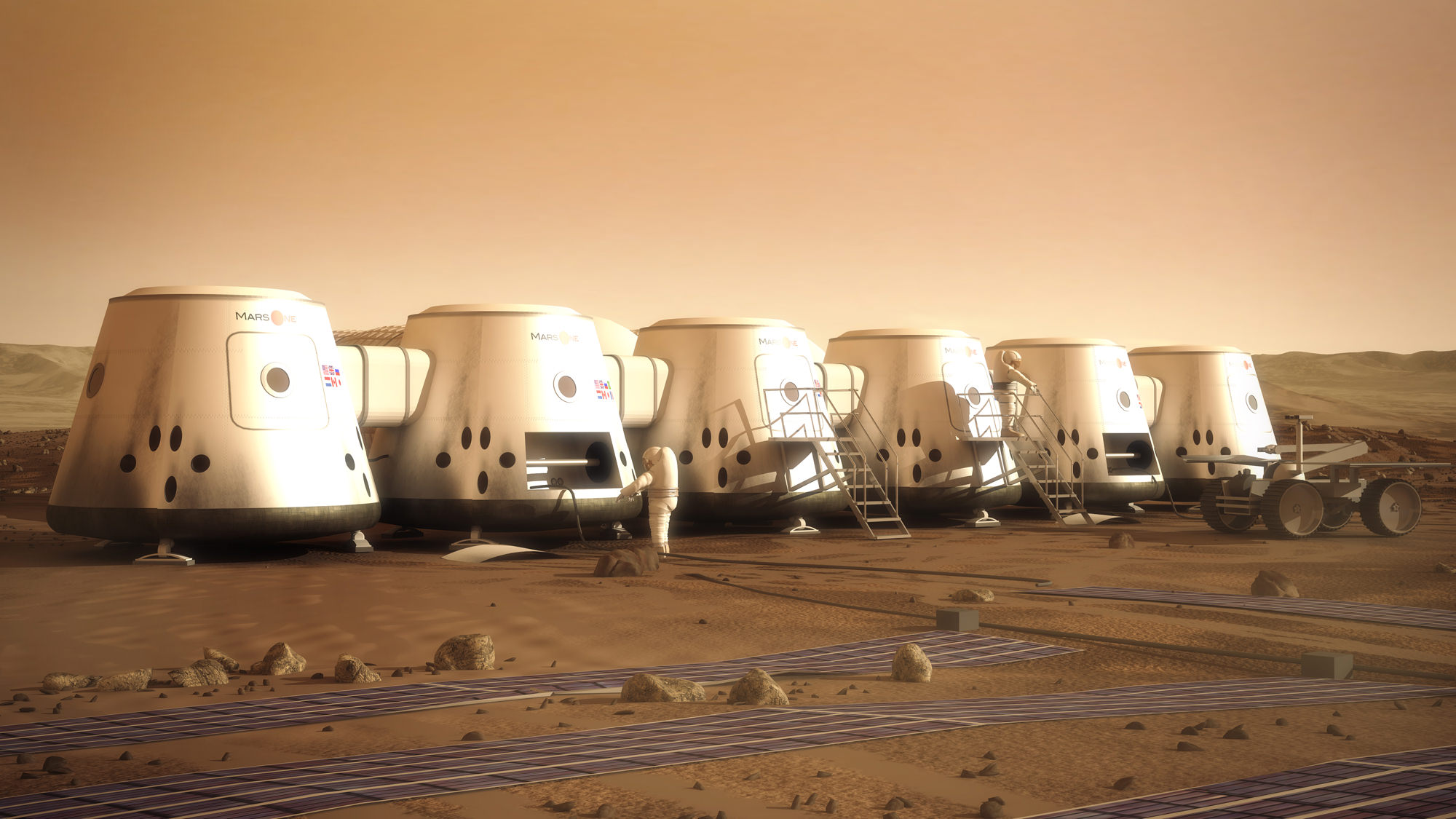How possible is it to land humans on Mars? And can Mars One, the organization proposing to start with sending four astronauts one way, capable of doing it by 2025 as it promises?
A new study says that the Mars One concept could fail on several points: oxygen levels could skyrocket unsafely. Using the local resources to generate habitability is unproven. The technology is expensive. But the founder of Mars One says the Massachusetts Institute of Technology (MIT) student study is based on the wrong assumptions.
“It’s based on technology available on the ISS [International Space Station],” said Bas Landorp in an interview with Universe Today. “So you end up with a completely different Mars mission than Mars One. So their analysis has nothing to do with our mission.”
The mission has sparked a debate about sending humans on a trip with no promise for a return, but thousands of applicants vied for the chance to do it. After two cuts, the interim shortlist is now at 700 people. Those folks are awaiting interviews (more news is coming shortly, Landorp says) and no date has yet been announced for the next “cut.”

A couple of weeks ago, MIT students presented a technical feasibility analysis of Mars One at the International Astronautical Congress in Toronto, Canada. The study is 35 pages long, so we recommend you read it to get the whole picture. The students’ main concerns are that crops (if they are responsible for 100% of the food) would send oxygen levels to unsafe margins, with no way to remove it. There are concerns with how well the in-situ resource utilization (using the resources on Mars to live off of) would perform. And the mission would cost $4.5 billion at a minimum — for the first crew only.
Cost: To get to Mars, the students say it will cost $4.5 billion and take 15 Falcon Heavy launches (a proposed next-generation rocket from SpaceX). Landorp says he can do it for $1.625 billion (since he doesn’t require constant Earth resupply) and as few as 13 launches (assuming $125 million per launch, a figure Landrop says is from SpaceX) by taking advantage of a few quirks of physics. If Mars One chooses a landing site that is four kilometers (2.5 miles) below the average Martian surface height, they will have both a thicker atmosphere and more time to land the payloads than, say, the Curiosity rover that landed about two kilometers (1.24 miles) above the average surface height. Mars One’s numbers show they could carry a payload of 2,500 kilograms (5,512 pounds) per mission, which they say is well within reach of what spacecraft can do today. The 13 launches would be divided into 11 robotic launches to send equipment to the surface, and two for humans (one to head to Earth orbit for assembly, and the other for the colonists to head to the in-orbit spacecraft and fly to Mars. The assembly crew would then fly back to Earth on the launch vehicle.)
Life support: While many of the technologies planned for use in life support are similar to those on the ISS — such as a trace gas system for air revitalization — Landorp says there will be some crucial differences. They are in talks with Paragon Space Systems Corp. (which describes itself as an environmental control firm for extreme environments, and whose customers include NASA and Bigelow.) As for the unsafe oxygen levels, Landorp points out there are plenty of oxygen removal systems available and that are used in hospitals and militaries. All that is needed is more testing in space. Landorp also points out these systems will be tested for two years robotically before humans land. “If that is not successful, then obviously we will not send humans,” he said.

In-situ resource utilization: Landorp acknowledges this requires more study, but says the robotic missions will be an important precursor for the human landings. Technologies needing to be developed will include nitrogen extraction from the Martian atmosphere. Oxygen production from water is well-studied in space, but water from the Martian surface (through vaporizing water in the soil) will require more work.
Another concern raised in media from time to time is where the money is coming from to fund Mars One. Landorp says right now funds are flowing from private investors. Mars One representatives are also in serious talks with a United Kingdom-based listed investment fund willing to finance the mission. In the long run, Landorp is confident money will come from broadcast deals similar to what partially fund the Olympics and the Fédération Internationale de Football Association (FIFA) competitions. Associated sponsorships would also help. But these won’t kick in until the colonists launch and land, since that’s when the world’s eyeballs will be on the mission.
Another stream of revenue, which may take five to seven years to kick in, will be intellectual property deals Mars One one representatives are working on closing now with potential suppliers, such as Lockheed Martin and Paragon. These agreements, should they go through as planned, would give Mars One a share of future revenue from any technologies flowing from the IP. “In the short term it’s not that interesting, it takes time to mature, but in the long term that will be interesting,” Landorp said.

